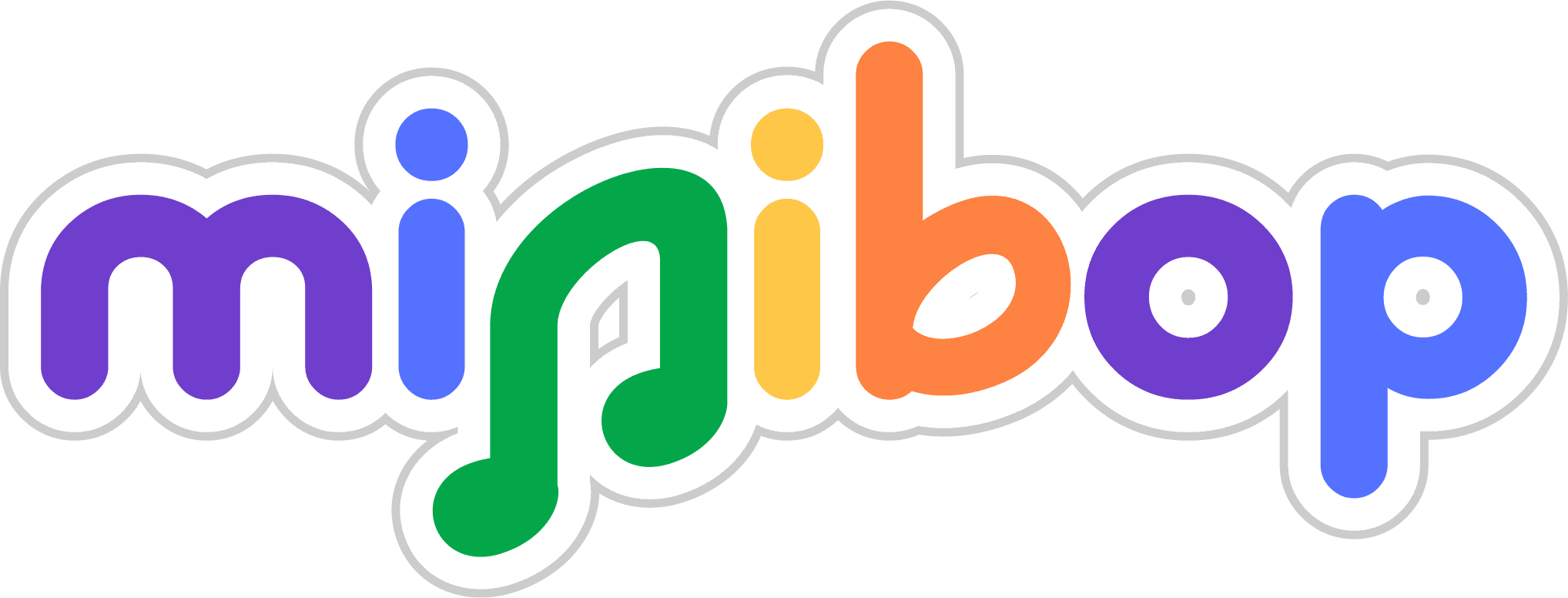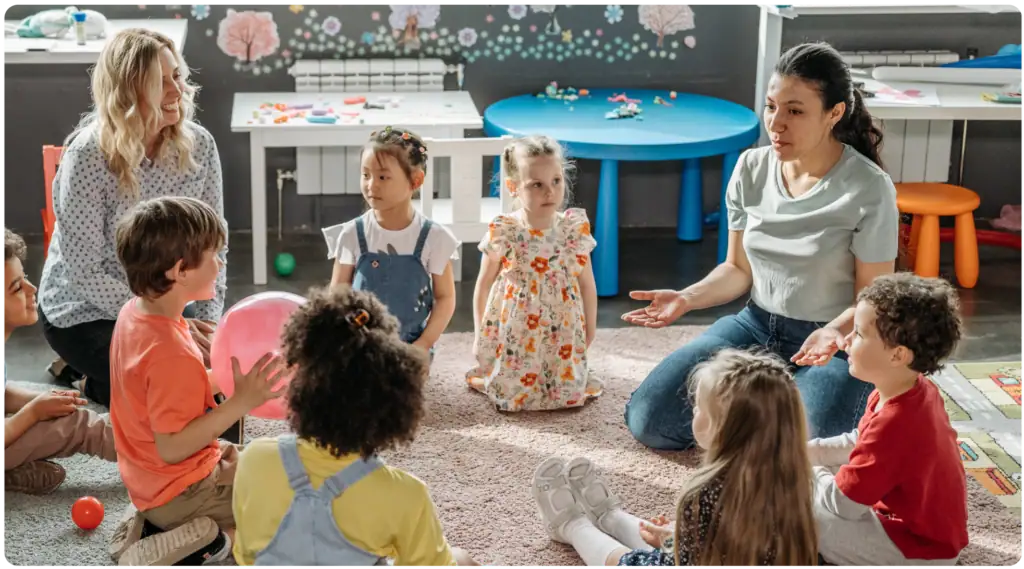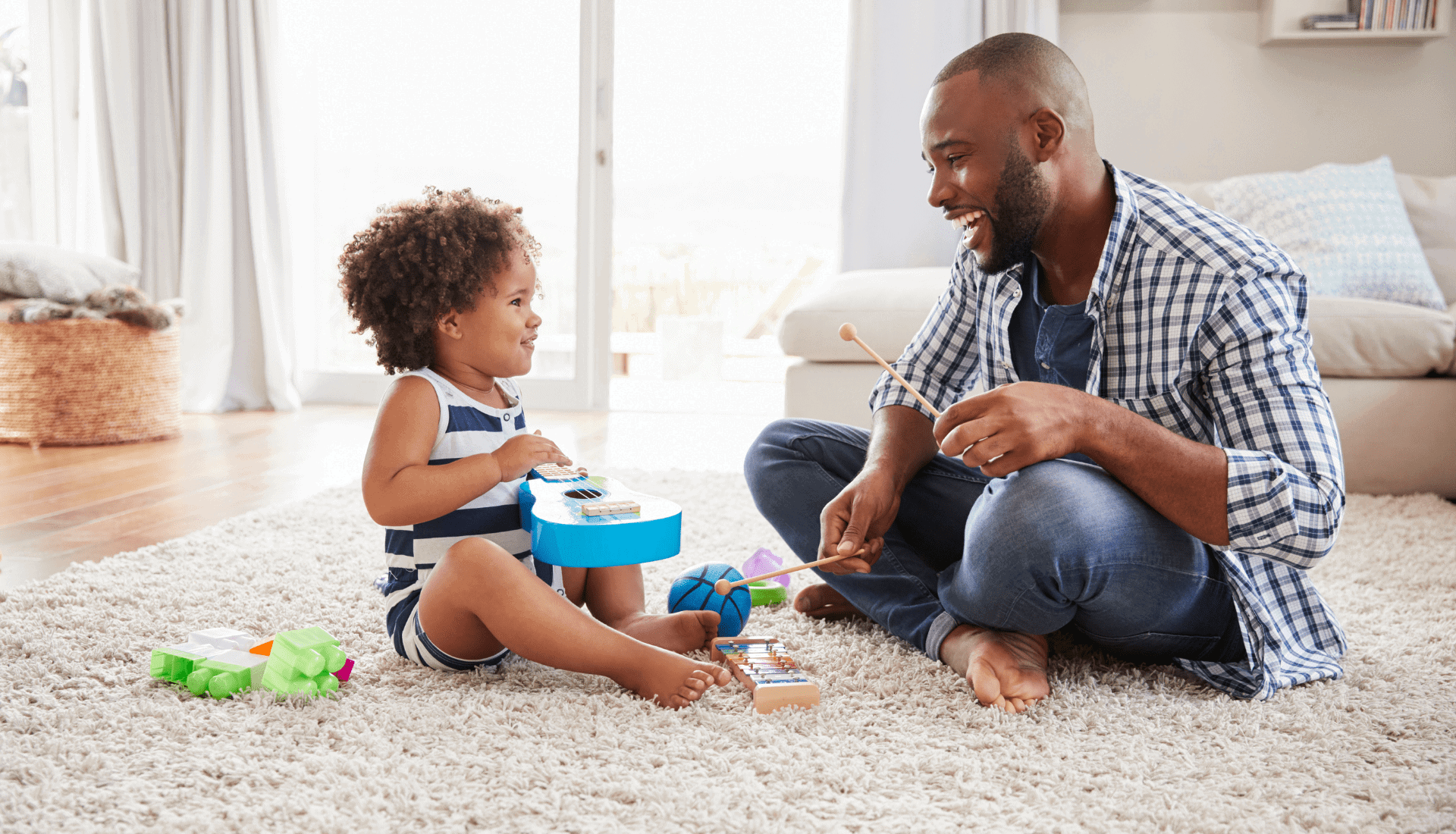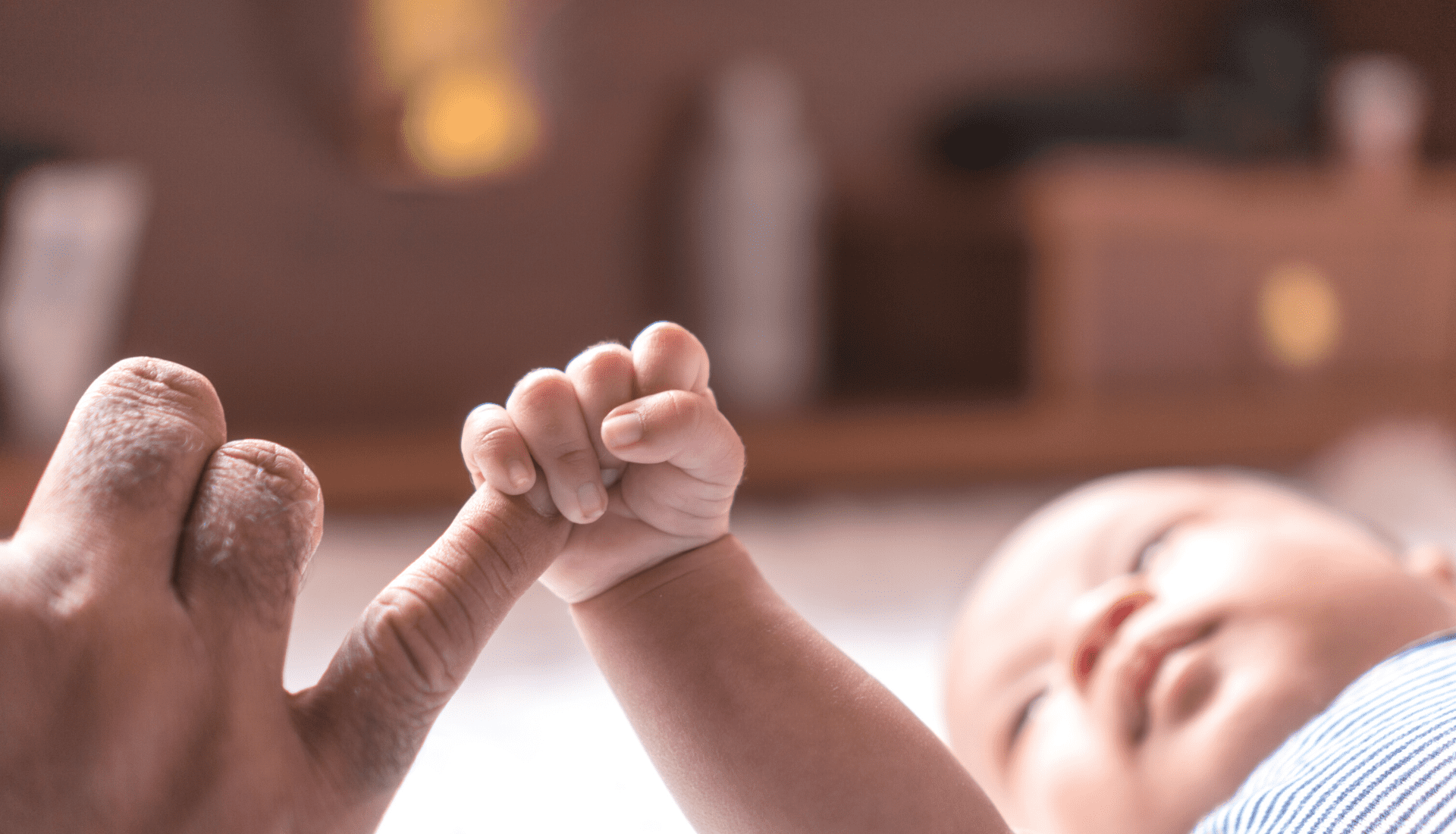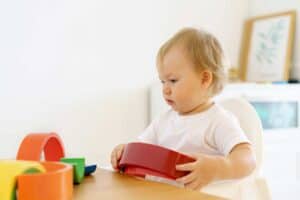Depending on who you’re talking to, some say it may be too soon and others say that it’s never too early to teach your child skills for their future. We say that it may be best to find a place to meet in the middle. Not to force dreams and ambition upon your child, but to give them a full toolbox to work with from the get-go.
Introduce Rhythm With Play
When playing with your child, this is the perfect time to introduce the art of rhythm. What is rhythm anyway? “Rhythm is the way that music is systematically divided into beats that repeat a specific number of times within a bar at a collectively understood speed or tempo.” Something like music can seem like an afterthought when safety and health are so pivotal, but these seemingly meaningless skills can actually benefit them in a lot more ways than we think.
Whether you’re looking to mold a tiny musician or you’re simply exploring different ways to have fun with your child, different elements of music will not only bond your child with those around them, but it will also stimulate parts of the brain. The patterns that make up rhythm are often complex but can be broken down into manageable methods of understanding. Smart Music states “Rhythm is the most important thing in music. Consider this: If you miss a note, you will sound bad for a moment, but if you miss a rhythm, you will be in the wrong place and are now missing every note.”
Start Simple and Easy
In the beginning, keep it simple. The wonderful part about teaching rhythm is that you can use any household item as a percussion instrument. Grab a spoon and a bucket and tap away. Play a simple pattern and count alongside the pattern. Let your child mimic what you play. If you’re interested in upping the ante, consider purchasing a child friendly instrument for them to play with. In future blogs, we’ll be discussing specific patterns to introduce to a budding musician who seems to have interest in taking it steps further.
Aside from instruments themselves, a wonderful way to incorporate rhythm into your little one’s life is to do so through the method of dance. This is a way to bring a more visual aspect to the often mysterious and confusing invisible elements of music. Dance gives us obvious motions and “hit points” alongside the rhythm of the musical piece. Blending these two art forms together is a beneficial way of having your child learn so much at once, including an incredibly healthy form of exercise.
Positive Lessons for Life
So, why is this important for your child? How can teaching rhythm be one of the main things on your ever-so-long to do list when it comes to your child? We may underestimate the power in giving your child the tools to express themselves. If they become frustrated or disenchanted, a quick dance can help shake the mood. If their rhythm is sharpened just a bit, they’ll feel more in sync with the music and dance moves, creating a boost in happiness and self-expression. This will carry on throughout the rest of their behaviors and can be an incredibly beneficial outlet for your little one while they navigate through life.
